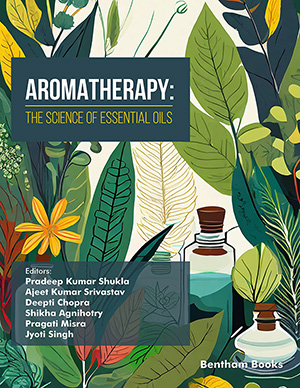
Abstract
Background: Natural product research is the most enormous field of research in terms of the amount of data and importance of information. Natural products discovery and metabolomics deals with a crucial mode of representation of the profile of biologically active metabolites. In this regard, the profiling of the chemical makeup of complex natural plant extracts necessarily requires employing sophisticated and advanced analytical methods like RP-HPLC–ESI-Q-TOF-MS as well as data mining and processing methods. The genus Garcinia (Clusiaceae) contains phenolic, flavonoids, xanthones, triterpenes, and benzophenones which have been reported for their significant biological properties.
Methods: Due to its high content of secondary metabolites and its large domestic usage, we have developed a simple, rapid and precise method to characterize all the secondary metabolites using Reverse- Phase Ultra Performance Liquid Chromatography coupled to Electrospray Ionization Quadruple Time-of-Flight Mass Spectrometry (RP-HPLC–ESI-Q-TOF-MS) for the hydro-methanolic extract. A total of about 3443 secondary metabolites from the fruit and 3757 secondary metabolites from the seed were identified by the Progenesis-QI data analysis. Among these a total of 74 compounds from fruits and 86 polar compounds from seeds were manually identified using the mass error limit of <+5ppm including the pSigma score less than 40. The unexplored bioactives belonging to the class of glycosides, flavones, xanthones, organic acids and other phenolic derivatives.
Results and Conclusion: Garcinia xanthochymus was found to contain significant number of diverse phytochemical components. These results indicate the profile of molecules present in Garcinia xanthochymus and will be helpful for industries and researchers involved in isolation of their molecules of interest.
Keywords: Garcinia xanthochymus, RP-HPLC –ESI-Q-TOF-MS, glycosides, flavones, xanthones, PCA.
 84
84 1
1



















